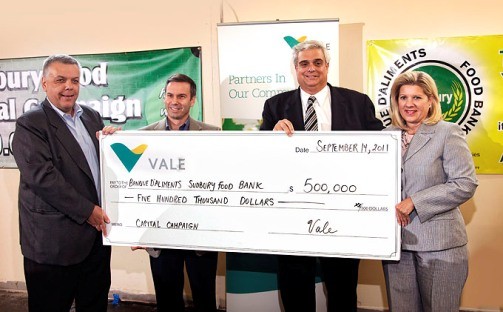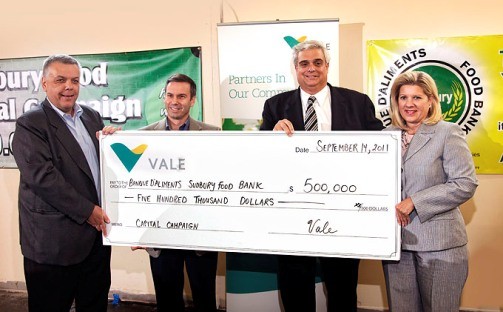Founded in 1898, the Canadian Institute of Mining, Metallurgy and Petroleum (CIM) is a technical society of professionals in the Canadian minerals, metals, materials and energy industries.
Toronto-based Noront Resources has stepped up its efforts to work with the communities in the vast 5,000-square-kilometre area of the James Bay Lowlands, where mineralization abounds under traditional Aboriginal land.
As the largest claim holder in the camp, the junior has dedicated a significant part of its annual budget to establishing working relationships with the local communities, including Marten Falls and Webequie, the Aboriginal communities most affected by exploration activities. It is expected that all communities in the region will stand to benefit as the region moves closer to development and government becomes involved in regional infrastructure building.
“One of our main focuses is on the youth in Webequie and Marten Falls,” says Wes Hanson, president and CEO of Noront, who declined to attach a dollar figure to the company’s corporate social responsibility (CSR) program in the area. “We are encouraging them to stay in school and continue their education. We want to show the young students that there are potential jobs in mining that will allow them to live in the community and, at the same time, work at their careers.”
























